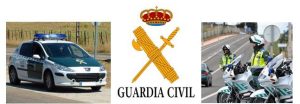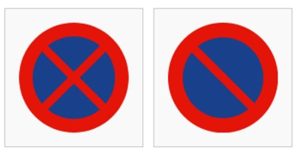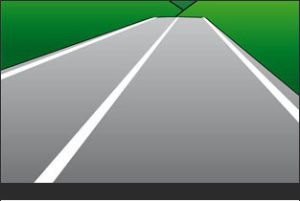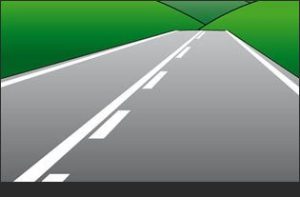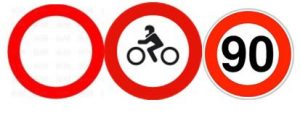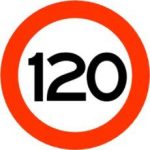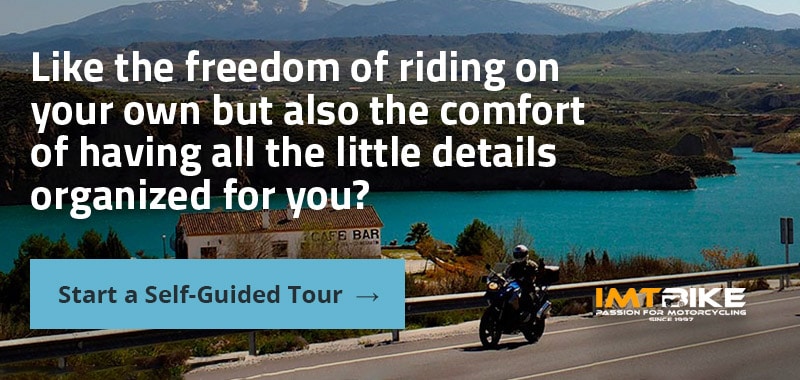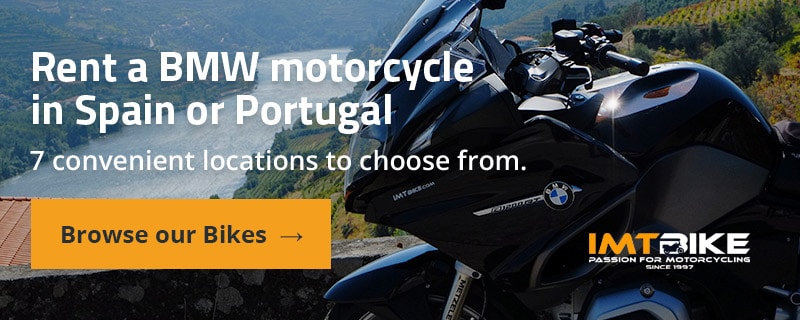Driving in Europe Quick Guide
December 13, 2016A few pointers to make your vacation safer and easier
¿Thinking of travelling to Europe this summer and not sure about the rules? Follow our tips to ride your bike in Europe, for instance in Southern Spain. Parking on the sidewalk, helmet laws and those strange looking signs
Helmets
Helmet use is required in all EU countries, all the time. IMTBIKE recommends a full face helmet.
Driving license
International driver’s permit required for all drivers from non-EU countries. The international permit is easily attainable in your local traffic office or driving club (AAA in the US.). It usually costs around 20€ and is issued on the spot.
PARKING
Can I park on the sidewalk?
Officially the sidewalk needs to be more than 3 meters wide and the motorcycle should be parked parallel to the road. Be respectful of business owners and pedestrians and use your common sense. In smaller towns it may not be allowed at all, if in doubt it’s better not to.
Lane splitting
Can I ride in between the cars (lane splitting, filtering etc.)?
In most places it’s not technically legal and IMTBIKE always recommends that you respect all traffic laws. Study the habits of the locals and take extreme care if you choose to lane split. Only do it when the cars are stopped and never lane split at speeds greater than 20kph.
PASSING
Solid line = No passing
Note: This rule applies in cities as well and solid/dotted lines are used for more than just passing zones, for example, if you are not sure whether you can legally make a left turn somewhere, as a general rule, if you have to cross a solid line than it’s not allowed.
Exception: There are some small narrow mountain roads where the dotted line only signals the middle of the road and not a passing zone, use your common sense and never pass if you don’t have a totally clear view and plenty of room.
No passing sign. The red sign signals the start of a no passing zone, the white sign marks the end of a no passing zone.
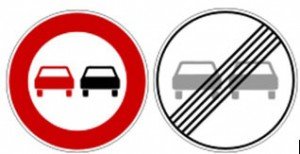
Note: Never hang out in the left lane regardless of how many lanes there are. It’s also illegal to pass on the right, even on multi-lane freeways. When you go to pass, use the power of your engine to do it quickly and when you are finished passing get back over to your lane as quickly as possible. Whenever possible try to facilitate the passes of other vehicles, don’t fight for the road!
Signs of Prohibition
A red circle means circulation prohibited to all vehicles. If there is a picture inside of the red circle than that specific vehicle is prohibited. Speed limit signs are also this shape with the limit being placed inside the red circle.
Speeding
Watch out for this sign! The blue sign is a warning that there are fixed speed cameras coming up. Shortly after you see this sign you will see a metal box on the side of the road, or a pair of cameras attached to an overpass, these are speed cameras. They are most common on larger, faster highways but can be found anywhere.
Note: As a foreigner, if you are stopped by the police and required to pay a fine, you must pay it on the spot in cash. In some cases they will have a credit card machine but not always.
If you are unsure what the speed limit is for a given road, use this rule of thumb
50kph in cities

90kph on most two lane highways
The Guardia Civil, or Civil Guard is a military force charged with police duties and is the largest body of law enforcement in Spain. Among their many duties, they are in charge of policing the public roads everywhere in Spain except in Catalunya (where they have the Mossos d’Esquadra) and in the Basque Country (they have the Ertzaintza). The Civil Guard sometimes set up speed traps with hidden speed cameras and they’re not required to stop you in order to write you a ticket as long as they have a clear photo of your license plate. IMTBIKE recommends always respecting the speed limit.
